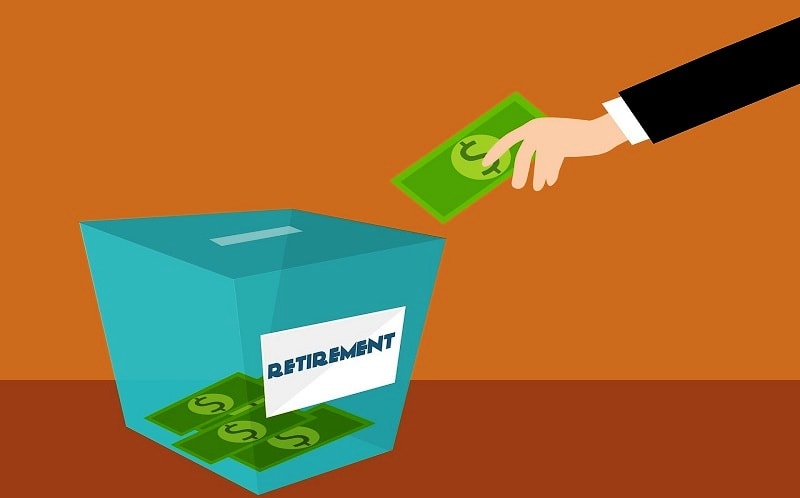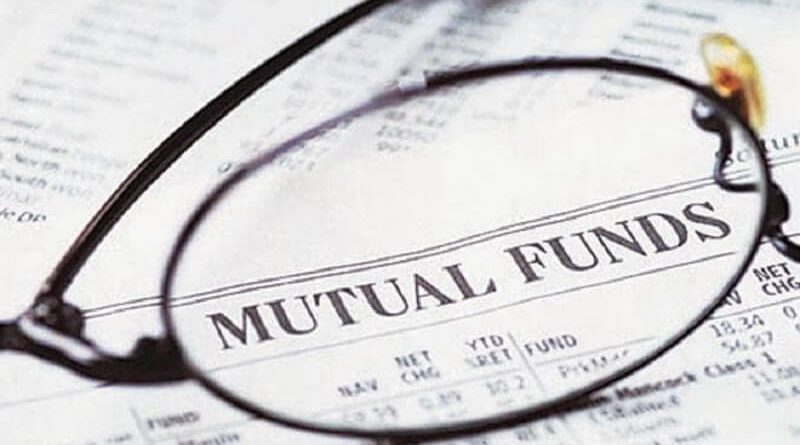Passive investments are investments that exclude the direct participation of the investor in the investment process. The instrument of earnings is a highly diversified investment portfolio, formed taking into account the investor’s preferences, goals, and objectives.
The investor carefully develops his own investment strategy and makes an independent investment decision. The investment strategy being developed is based on the benefits and benefits that it plans to achieve through the implementation of passive investments. He selects the appropriate object (asset) for attachments, and all that remains for him is to implement his strategy and wait for the result.
Passive investing returns are also noteworthy in that the investor does not participate, and often does not have access to the management and regulation of the object in which its funds are invested. Passive investment is mostly carried out through investment intermediaries. Investment intermediaries can be:
• Investment banks, consultants, funds, companies
• Insurance organizations
• Non-state pension funds
• Traders, brokers
On the basis of all of the above, it is possible to formulate the features of passive investment activity fairly:
• The investor’s income comes from his capital, not labor
• Investments are made through third parties (intermediaries)
• The relationship of the investor and the capital manager is regulated on the basis of the obligations prescribed in the concluded bilateral agreement
• Long-term nature of investments / large amounts of capital
• The main task is to protect capital and moderate-income
• Investing in index funds that have a high degree of diversification
• Based on the principle of asset allocation and portfolio rebalancing.
It should be noted that passive investments are one of the most common and popular types of long-term investments.
Criteria that can prevent the achievement of passive investing returns objective:
• Annual inflation
• Insufficient level of profitability of the selected investment asset
• Untouched ability of invested capital.
Types of passive investments
To date, out of all the variety of investment proposals existing on the market, you will outline the types of passive investing returns that are most in-demand among investors:
• All kinds of financial instruments and securities (stocks, bonds, etc.)
• Increasingly, investments are gaining in mutual investment funds (mutual funds)
• Up to now, a decent share of the population’s investments is channeled into bank deposits
• Transfer of investor’s capital into trust management
Investment in movable and immovable property
Here it is a question of purchasing transport or an apartment and its subsequent leasing, which provides the investor with passive income. Investment in the creation of advertising platforms is the creation of Internet sites for the subsequent sale of advertising space.
Advantages and disadvantages
To find out the advantages and disadvantages of Passive investing returns let’s start with the pros:
• Perhaps the most attractive here is the availability of free time from the investor, which he can spend on seeking new investment proposals, etc.
• Your capital will be managed by professionals, in other words, the safety of your capital is very high (given that you, as the owner of the funds, have analyzed and made a choice in favor of a reliable mutual fund, investment company, trader, etc.)
• The income of the investor and the income of the manager depends on the effectiveness of money management, in other words, the manager of your funds is directly interested in the highest possible financial results because his income depends on it.
The disadvantages are:
• Part of the income you will lose due to the payment of commission fees for services provided
• In the absence of the necessary skills and knowledge, it is difficult for a novice investor to choose a really good, reliable intermediary for managing capital. However, to date, this situation is being corrected, as more and more decent and stable players appear on the market.
• Never forget that the more amounts of knowledge and experience you have as an investor, the less investment you will be able to implement, and the more effective you will receive from these operations. After all, in investments 90 percent of the time is preparation for the transaction, collecting the necessary information, meeting with partners, and making the necessary decisions.
Conclusion:
Western experience shows us that the instrument of passive investment is very in demand and shows good results. Earn both funds and ordinary citizens who have decided to transfer their capital from the quality of savings to investments.
In the USA, according to some experts, the population keeps on its own accounts. And it’s money that does not work. Due to the development of the institute of passive investments, the state could effectively combat the budget deficit and launch private investment processes in the country. To date, the main problems for such an initiative are three main factors:
• Financial illiteracy and informational ignorance of the population
• Lack of participation in professional market players
• Passivity of the State in the development of this sphere
• Lack of a competitive environment among financial institutions which slows down the pace of healthy development of the industry
• Weak legislative base.

































